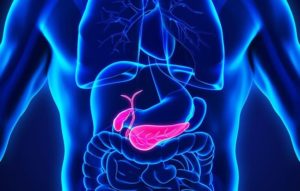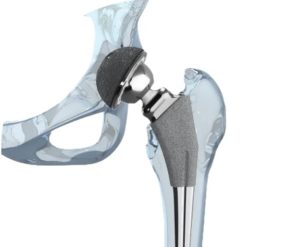In case you haven’t noticed, gas is cheaper these days – down an average 30 percent from 2014.
Good news, right?
And the U.S. economy has been steadily adding jobs for quite some time.
More good news (although some folks might quibble over the quality of those jobs).
But those two silver linings apparently have a couple of dark clouds to go with them.
Gas prices are down, employment is up – and traffic fatalities have increased. What’s the real reason? / Image – Egerton Law
Cheap gas = more driving.
More jobs = more commuters = more driving.
More driving, to some degree, has contributed to a 14 percent rise in traffic fatalities in 2015.
That’s according to new data from the nonprofit National Safety Council.
There were more than 18,600 motor-vehicle deaths from January through June this year, compared to 16,400 deaths in the first six months of 2014.
That puts the year on pace to be the deadliest for drivers since 2007, CNN Money reports.
Of course those numbers don’t even include July and August, two of the historically highest months for traffic deaths.
If the trend continues, traffic deaths this year could exceed 40,000 for the first time since 2007, when there were nearly 44,000 deaths. Deborah A.P. Hersman, the president of the NSC, told the Associated Press that the increases began in the last quarter of 2014
The estimated cost of the deaths, injuries and property damage related to the crashes is $152 billion– up 24 percent from the same period of 2014.
“As a safety professional, it’s not just disappointing but heartbreaking to see the numbers trending in the wrong direction,” Hersman said.
More to the story
The better economy and gas prices have encouraged Americans to put a record number of miles on the road, Hersman said, but that is not the whole explanation for the increase in deaths and injuries.
She also attributes the uptick in deadly crashes to the fact that drivers are more distracted because of cell phones, in spite of the nearly nationwide ban on texting while driving.
“Americans are addicted to these devices,” Hersman said, and NSC surveys show more Americans are using their phones even with the bans in place.
Of course, that’s not news. Texting is especially dangerous, but about 1 in 4 crashes involve cell phone use period, the NSC says. According to a study by Carnegie Mellon University, activity in the part of the brain that processes moving images and is important for safe driving decreases by as much as 37 percent while listening to language. Drivers talking on cell phones can miss seeing up to 50 percent of their driving environments.
And there are some other arguments that this increase in fatal crashes is not just a statistical inevitability. As the AP reports, the cumulative increase in vehicle mileage this year through May is 3.4 percent, far less than the 14 percent increase in deaths. The estimated annual mileage death rate so far this year is 1.3 deaths per 100 million vehicle miles traveled, up from the preliminary 2014 rate of 1.2 deaths.
Other factors also say the increase in driving doesn’t tell the whole story. In recent decades, deadly crashes involving drunken driving have dropped from about 50 percent of fatalities to about 30 percent. Teen driving deaths are also down, and seatbelt use is up. And cars have more safety technology than ever.
The experts seem to believe, and I agree, that cell phone use is a huge, huge, factor in highway deaths.
But at any rate, remember:
There are more drivers out there.
So be more careful out there.










One Comment
Roman
It is sad to see an increase in traffic deaths.
Comments for this article are closed.